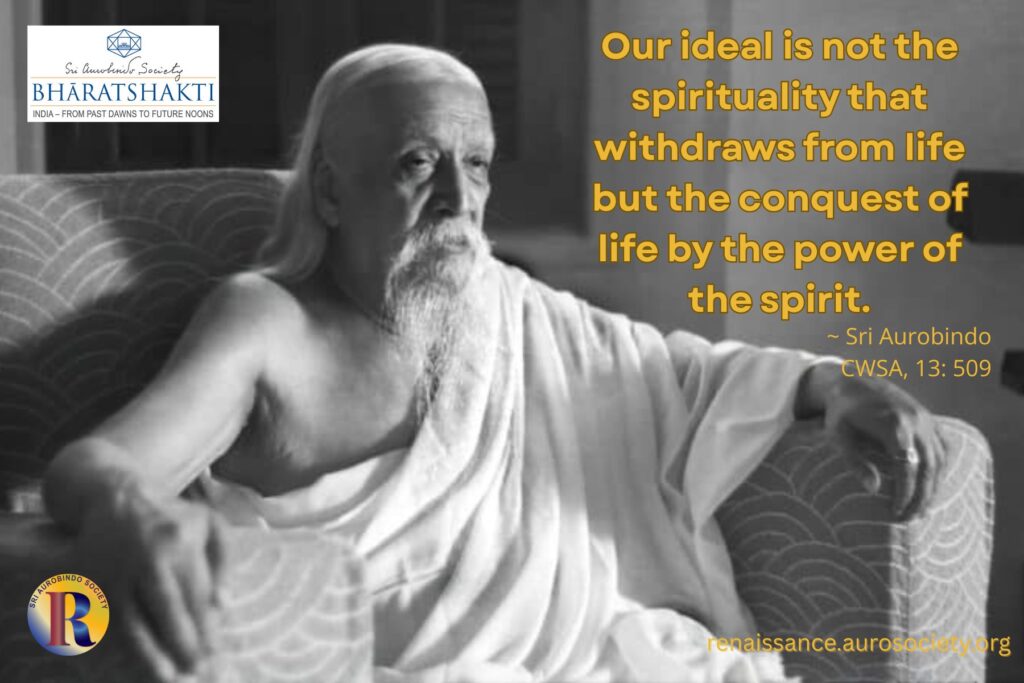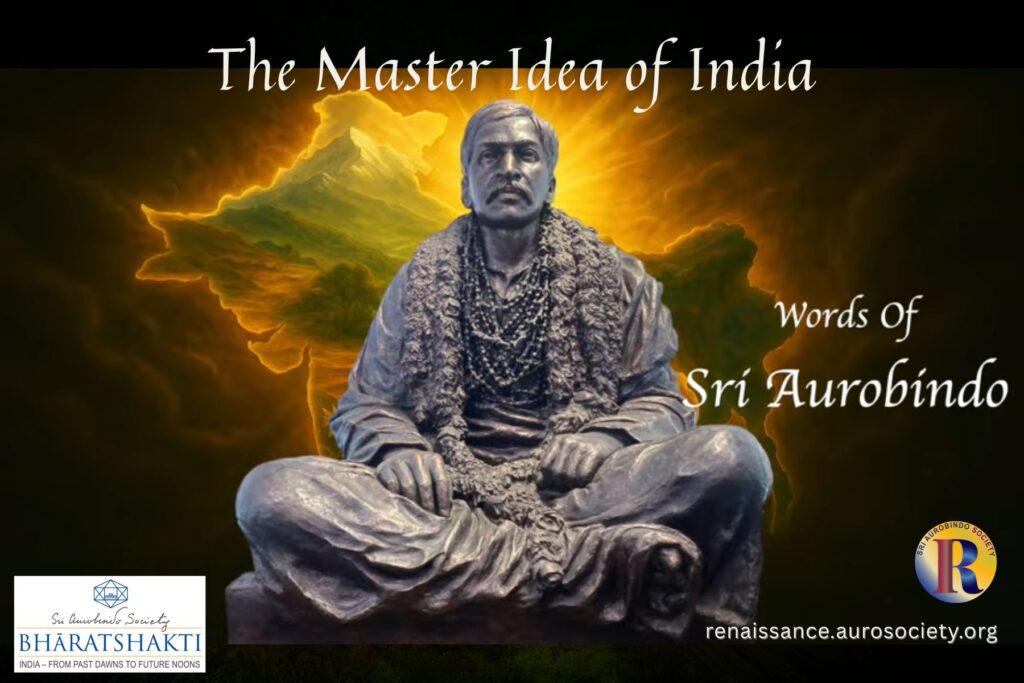Volume II, Issue 4
Author: Beloo Mehra
Editor’s Note: Mr. Madhu Jagdhish is a heritage photography enthusiast, with special interest in documenting the rich Indian heritage of temple sculptures. A thoughtful exposure to our culture’s artistic heritage and an overall development of aesthetic sensibility and artistic appreciation are important parts of any meaningful education.
In the age of smartphones with photography becoming available at fingertips, it is important that youngsters interested in exploring photography as an art-form and a possible vocation are shown this possibility that photography can also become a great medium to go deeper into one’s cultural roots and in the process discover and reveal (for oneself and for others) the rich artistic and aesthetic traditions that we have inherited. In this regard, Mr. Jagdhish’s work makes a significant contribution.

“Photography is an art when the photographer is an artist.”
(The Mother, CWM, Vol. 12, p. 241)
How do we make our youngsters interested in learning about the great rich cultural and artistic heritage of India? The first and obvious answer would be to have them visit those places which are outstanding examples of the long and marvellous architectural and sculptural history of India.
But if a direct experience is not possible, the next best alternative is a virtual experience through fantastic photographs of these places which can make them curious to discover more, to learn more. Social media is a great influence in today’s age; and when social media is used to highlight the rich artistic heritage of our culture it can become an important means for learning and broadening the minds of learners – young and young at heart alike.
Our guest for this month’s Insightful Conversation, Mr. Madhu Jagdhish, has been doing exactly this work for many years. A heritage photography enthusiast, with special interest in temple sculptures, Mr. Jagdhish is also deeply interested in nature photography. He has travelled far and wide across the country as well as abroad pursuing his passion and painstakingly documenting the magnificent beauty and richness of cultural and natural heritage of humanity.
We recently invited Mr. Jagdhish for a conversation on the topic – “The Art of Heritage Photography.” Dr. Beloo Mehra, Editor of Renaissance journal, Ms. Shruti Ramteke, Media Co-ordinator for AuroMedia, Sri Aurobindo Society, and Ms. Isha Bidwaikar, research assistant for Renaissance, participated in the online session.
The great diversity, rich beauty and sheer genius of Indian temple architecture and sculpture have completely captured Mr. Jagdhish’s photographic passion. Through his thousands of photographs taken over past several decades, he has been superbly documenting the unique elegance and fantastic details and artistry of Indian sculptural tradition spread across various parts of the country.
“A great oriental work of art does not easily reveal its secret to one who comes to it solely in a mood of aesthetic curiosity or with a considering critical objective mind, still less as the cultivated and interested tourist passing among strange and foreign things; but it has to be seen in loneliness, in the solitude of one’s self, in moments when one is capable of long and deep meditation and as little weighted as possible with the conventions of material life.”
(Sri Aurobindo, CWSA, Vol. 20, pp. 271-272)

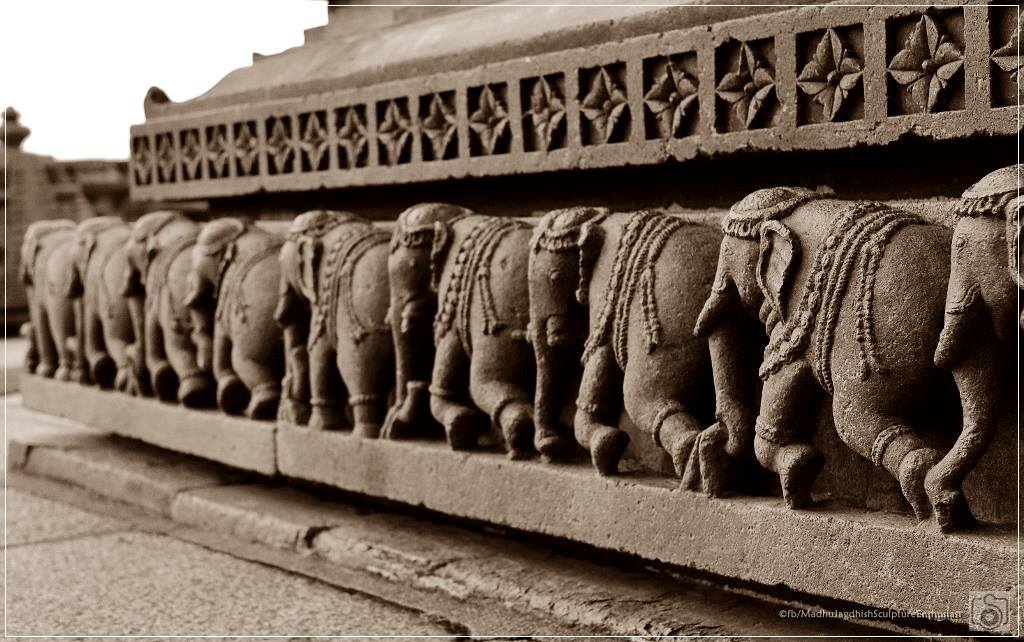
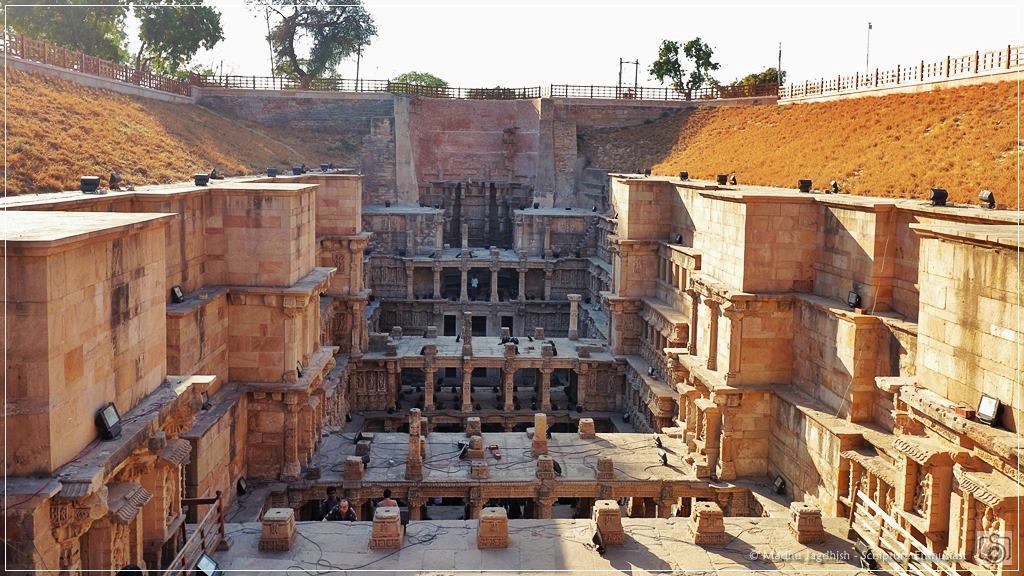
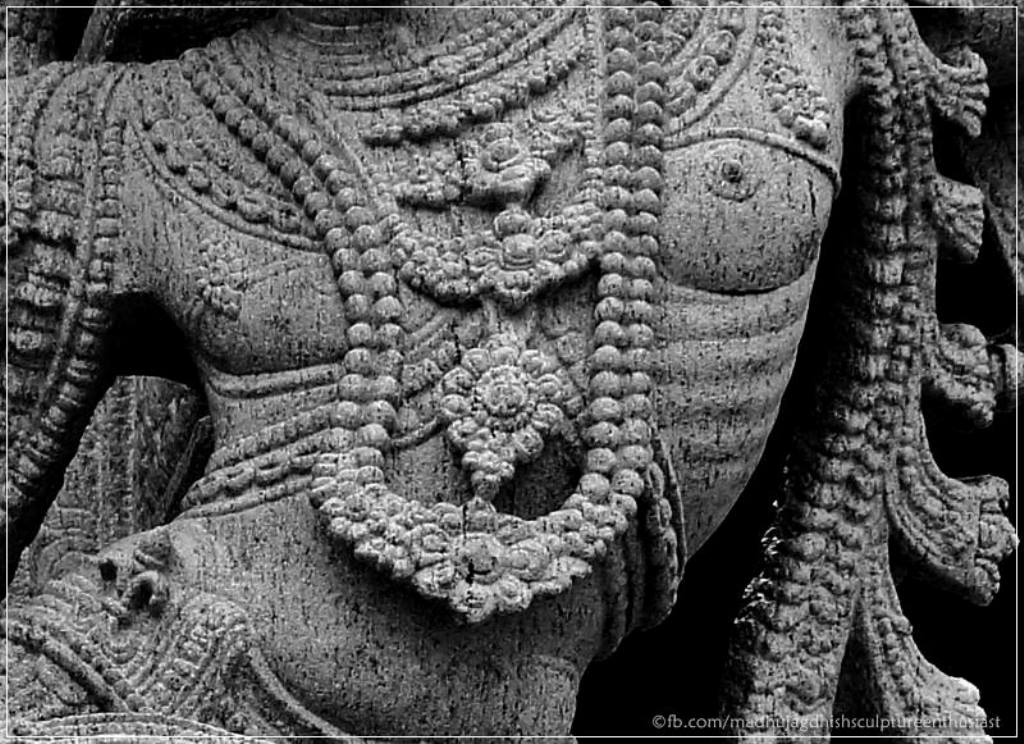

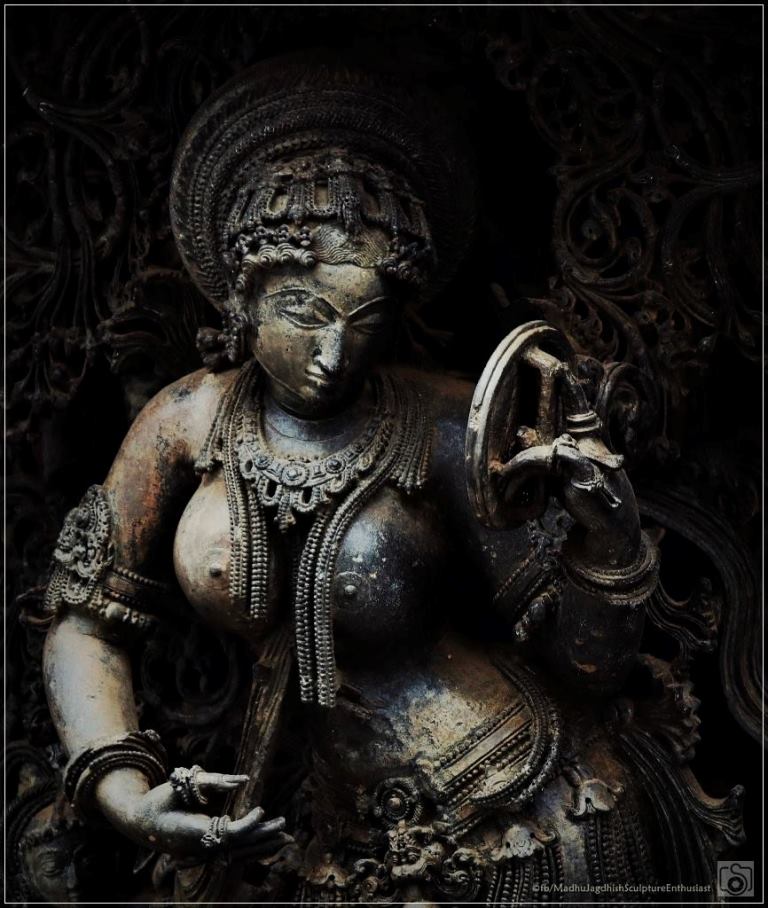


Also see:
Sri Aurobindo on Indian Sculpture – Photography by Madhu Jagdhish

During our conversation, Mr. Jagdhish briefly shared about his journey as a photographer, particularly about how a pilgrimage in his younger days to Sabrimala temple, which included stopovers at several ancient temples along the way, created in him a special love for Indian temples and their rich sculptural art. Over time this made him an enthusiast for documenting Indian sculptural and architectural heritage.
While he has travelled extensively to various heritage sites throughout India, he mentioned a few special places where he would wish to go many more times such as, Kailashanatha cave temple at Ellora, and Rani ki Vav at Patan. These sites represent some of the glorious examples of the stupendous aesthetic and engineering genius of our ancestors.
He also spoke passionately about some of the sculptural marvels he has captured over the years especially a few specific temples in and around Coimbatore area, his native place. That is where he first started practicing sculpture photography during various times of the day to experiment with varying light and perspective.
As is well known, temples in India have traditionally not only served religious and spiritual purposes but also as great centres for art and culture. Mr. Jagdhish said that in his observation there is now a growing appreciation and interest in understanding the rich cultural aspect of our temple heritage.
Over the years, he has conducted several exhibitions at local schools and colleges, and he has generally found students interested in learning more about the pictures he displays. He said that instead of the religious pull of the temples, these youngsters are drawn in by the amazing artistic and aesthetic appeal of the temple architecture and sculpture. He has witnessed youngsters being in awe of the genius of their ancestors when they are shown some specific examples and given careful explanation. This, he believes, can be a great way for Indian youth to gain a good appreciation of the spirit of Indian culture.
Ms. Shruti Ramteke, who is herself a photography enthusiast, brought up some specific questions about particular aspects or considerations which must be kept in mind when photographing a sculpture, especially one which has quite intricate work. She also asked if there are some distinct differences between Heritage photography and other forms of photography.
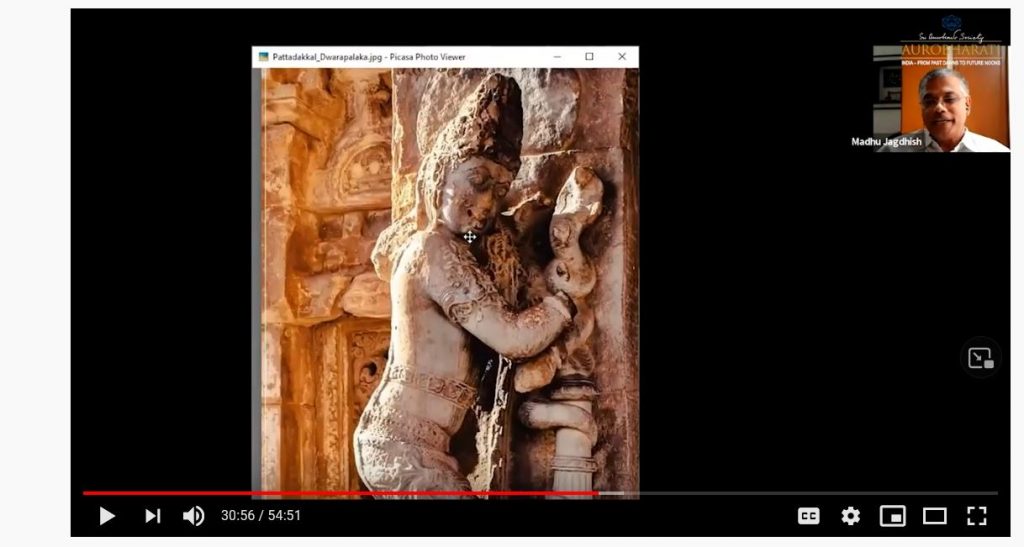
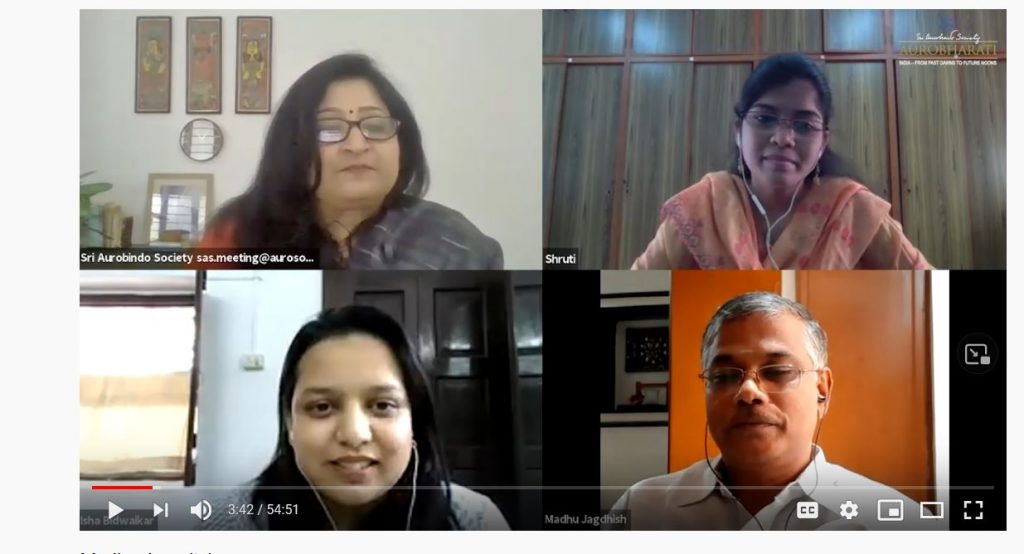
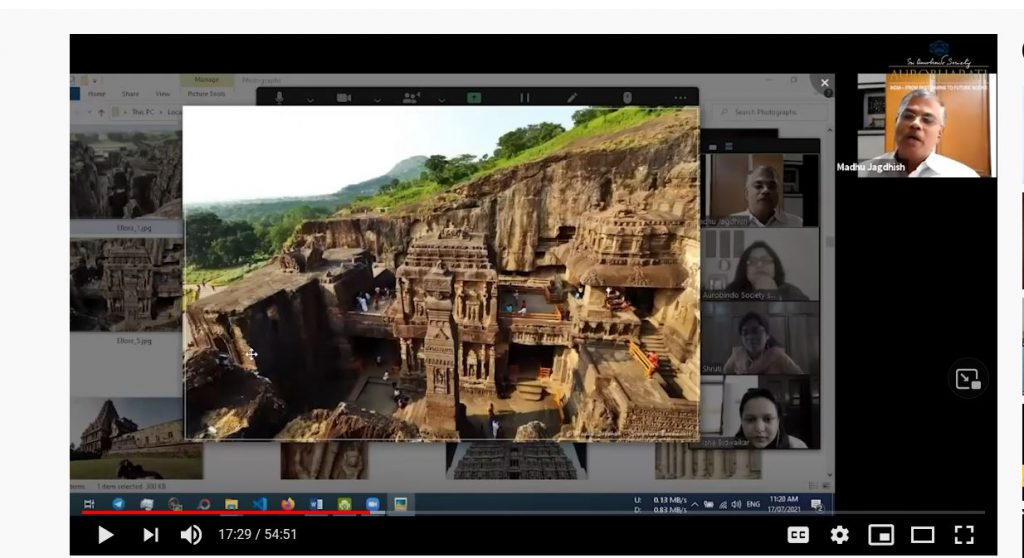
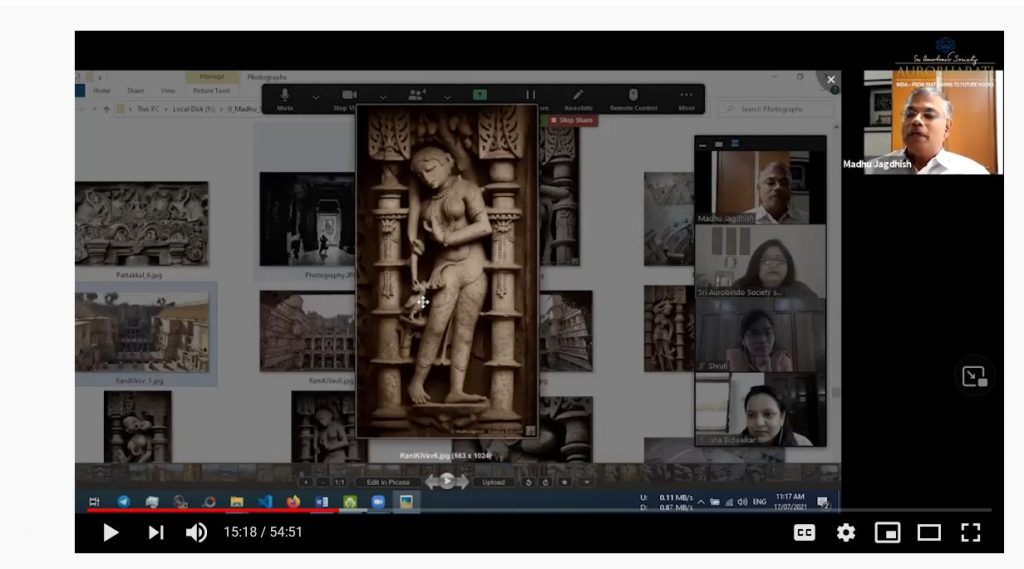
“On the physical plane it is in beauty that the Divine expresses Himself.”
~ The Mother, CWM, Vol. 12, p. 232
A thoughtful exposure to our culture’s artistic heritage and an overall development of aesthetic sensibility and artistic appreciation are important parts of any meaningful education. In the age of smartphones with photography becoming available at fingertips, it has become more important that those youngsters interested in exploring photography as an art-form and a possible vocation are shown this possibility that photography can also become a great medium to go deeper into one’s cultural roots and in the process discover and reveal (for oneself and for others) the rich artistic and aesthetic traditions that we have inherited. In this regard, Mr. Jagdhish’s work makes a significant contribution.
He pointed out that many youngsters are also drawn to nature photography. And if one pursues this passion sincerely it gradually makes one more sensitive to and appreciative of the delicate ecological balance that we all must preserve and protect. In this sense, photography can be an important medium to help people become more aware of their responsibility toward nature. Mr. Jagdhish reminded that the role of photography in facilitating conservation and preservation of our natural and cultural heritage should be fully appreciated.
Today as more and more young people are choosing to pursue a vocation which is more aligned with their creative interests rather than merely a consideration toward financial and/or social success, listening to Mr. Madhu Jadhish’s account of his work as an engineer-turned-photographer is inspiring.
Watch the full conversation:
About our Guest:
Mr. Madhu Jagdhish is a heritage, wildlife and nature photography enthusiast. He has travelled far and wide across the country as well as abroad pursuing his passion and documenting the magnificent beauty and richness of cultural and natural heritage of humanity. One of his main interests remains capturing on camera the grandeur of Indian temple architectural and sculptural heritage. He superbly brings out the unique elegance and rich details and artistry of the Indian sculptural tradition spread across various parts of the country.
Mr. Jagdhish has participated in various state and national level exhibitions, winning several accolades. His photographs have been published in several leading Tamil magazines. He has also been interviewed on Television for his significant work on documenting Indian temple heritage. He has also conducted several exhibitions at schools and colleges, giving the young Indians a much-needed exposure to the richness and beauty of Indian architecture and sculpture. He regularly showcases his work on Facebook at his page @madhujagdishsculptureenthusiast
While photography remains his real passion, Mr. Madhu Jagdhish also has a graduate degree in engineering and owns a software development consultancy business. He also runs a computer education centre and has trained more than 1000 students.
Check out more such insightful conversations HERE.

~ Video editing: Shruti Ramteke
~ Poster design: Bharath

